
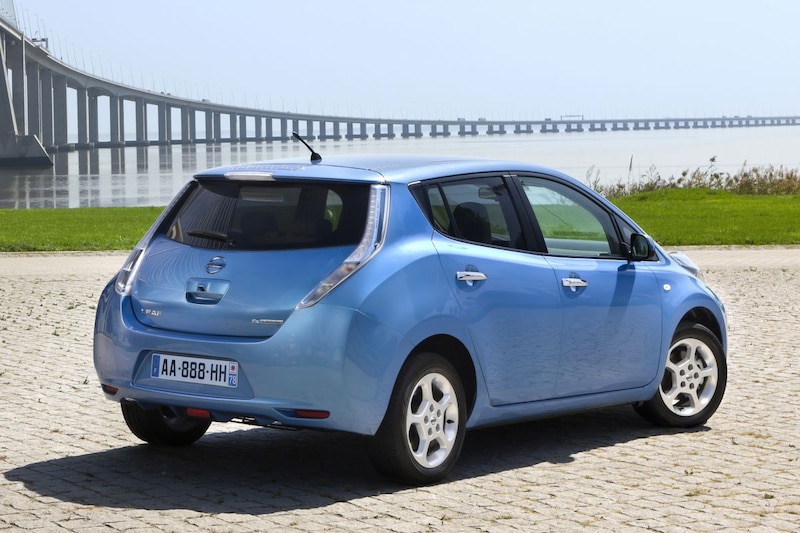
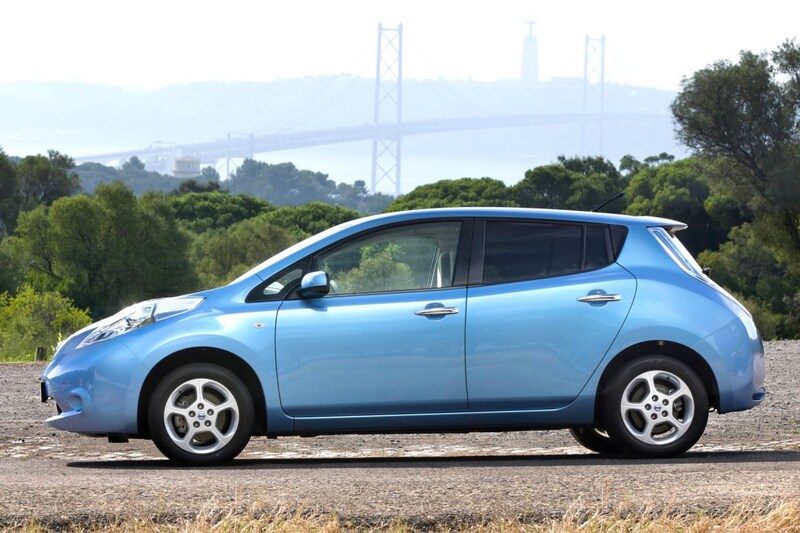

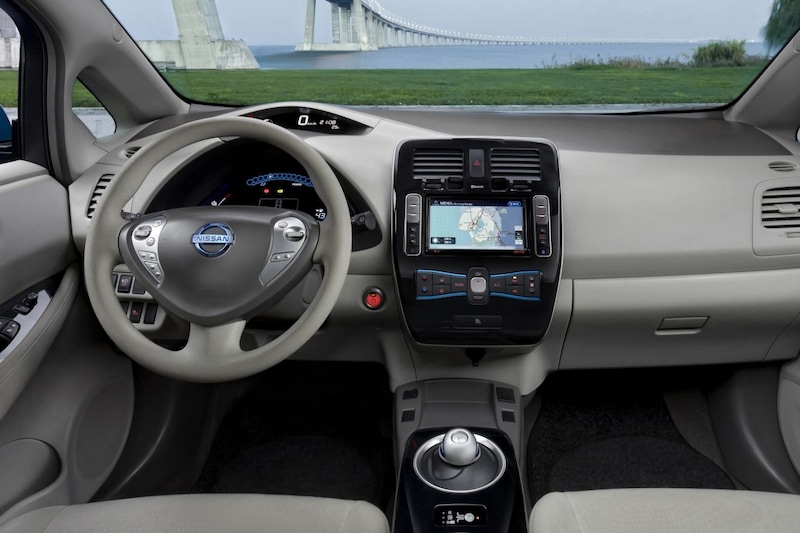
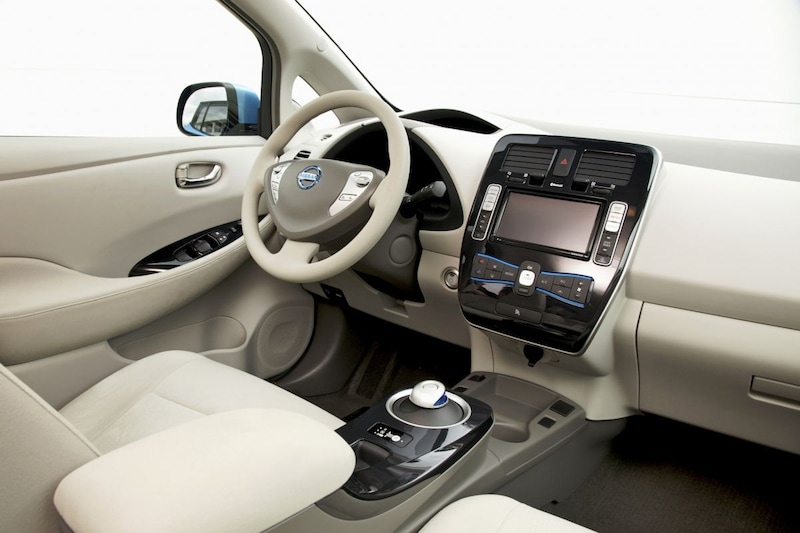
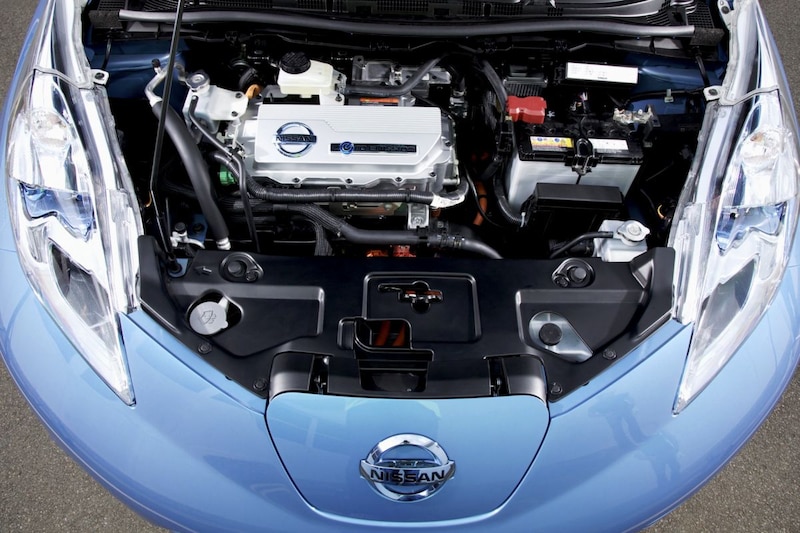
Nissan was the first manufacturer to come up with a relatively affordable electric car in the C-segment. The Leaf may blow out 10 candles this year, a good time to look back on where it all started.
The Nissan Leaf was presented to the public at the end of 2010, but the model was finally launched in 2011. At that time there were already a number of EVs available, for example the Tesla Roadster, Mitsubishi i-Miev and its brothers Citroën C-Zero and Peugeot i-On, but the Leaf was in fact the very first electric family car that was available for a reasonable price in the showroom. In 2011 it cost € 32,590 in the Netherlands. Today, a number of EVs are already below that, but the Leaf was reasonably priced for its time and nowadays the car is one of the most affordable ways to get into an electric car on the used car market.

Nissan Leaf
What did you get for that spacious 30 grand at the time? For starters, the Leaf’s design is quite distinctive. The five-door hatchback, on the one hand, has a fairly ordinary basic shape, but the fact that the grille had to make way for a charging port betrayed the true nature of the Leaf. Another striking style element is the line under the windows that rises upwards towards the rear, but then slopes downwards again with the shape of the rear fender. This creates a kind of bulge at the rear of the Leaf in combination with the sloping lower part of the tailgate. The vertically positioned rear lights complete the striking picture.
A good start…
The interior of the first generation Leaf is characterized first of all by a dashboard that appears to be made up of two layers. The top layer shows, among other things, the speed, while the bottom layer shows with dots how much power you want from the electric motor and shows things like the remaining battery capacity. On the center console is a touchscreen for operating the infotainment, with buttons for the climate control underneath. Unique to the Leaf was the round button on the center tunnel with which you select the gear. First you push it to the left, then down for ‘D’ and up for ‘R’. Today, the button is still on the second-generation Leaf, which is, in many ways, a heavily updated version of the first.
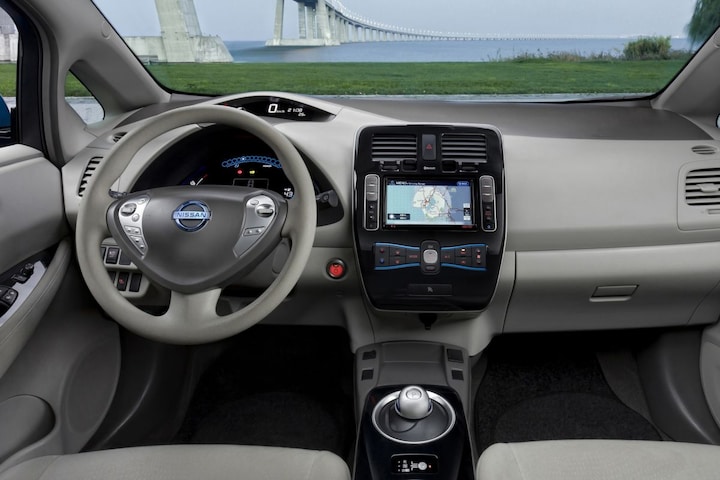
Nissan Leaf
Furthermore, the luggage space for the Leaf with 330 liters could be called usable. He does not have a ‘frunk’, as you sometimes find with EVs. Under the hood is a 109 hp and 280 Nm strong electric motor that is powered by a 24 kWh battery. This combination enables the Leaf to sprint to 100 km / h in 11.9 seconds and to tap a top of 144 km / h. At the time, Nissan gave 175 kilometers as a range, but in practice it turned out to be around 100 kilometers. A quick charger is possible, but with a maximum of 40 kW and a now quite unusual ChaDeMo connection, it is not very fast. By the way, charging at a regular charging station or wallbox is much slower: a maximum of 3.3 kW, which means that even the Leaf with the small battery needs a whole night to fill up.
Improvements
Nissan had thus laid a reasonable basis with the Leaf, but also realized that the EV was not yet perfect. In 2013, Nissan carried out a facelift, subtly addressing the appearance, but 2016 saw the most welcome change: a battery with a capacity of 30 kWh. The power of the electric motor remained the same, but the promised range increased to 250 kilometers. We had it in our endurance test fleet and in practice it turned out to be 200 kilometers feasible.
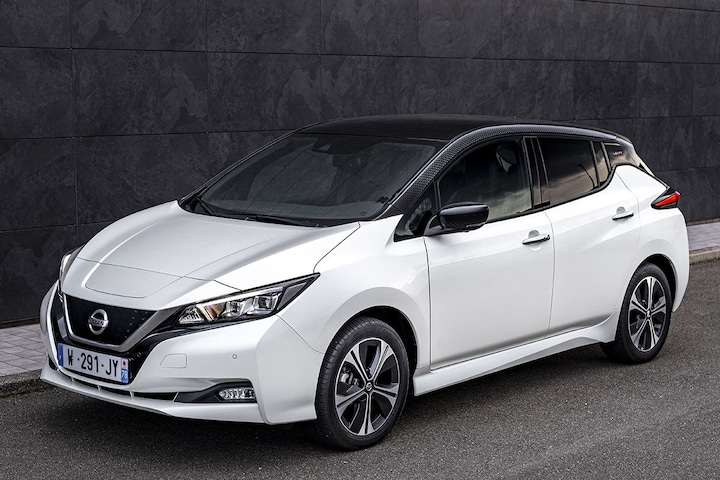
Nissan Leaf
The second generation of the Leaf was launched in 2017. This one is much sharper than the original, but the silhouette is clearly still recognizable. The Leaf was improved on almost all fronts, with the battery capacity and power improved considerably. The Leaf got a battery pack of 40 kWh and a power of 150 hp, which enabled the hatchback to sprint to 100 km / h in 7.9 seconds. Two years later, Nissan also added the e + with 217 hp and a 62 kWh battery to the range. Nissan also has to, because the competition has not been idle in the past ten years.
That does not alter the fact that the Leaf has been a trendsetter. Not without success, however, because at the end of last year the half-millionth copy rolled off the production line.